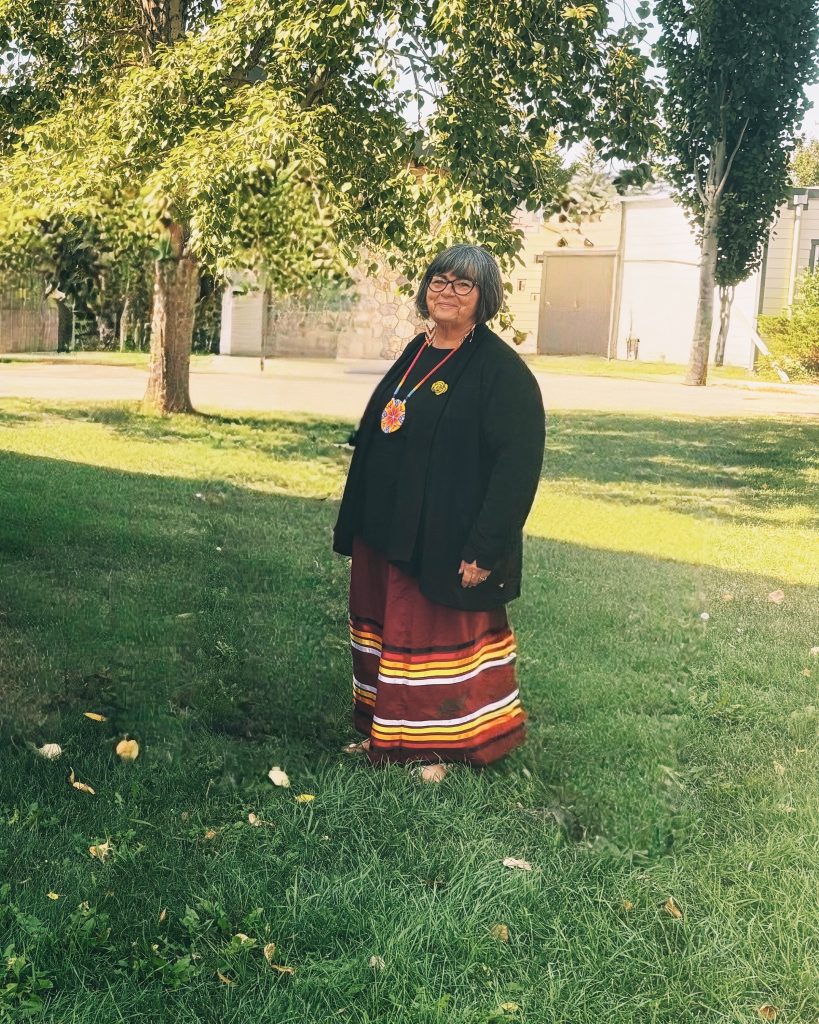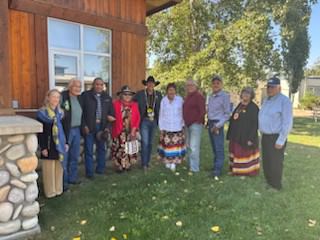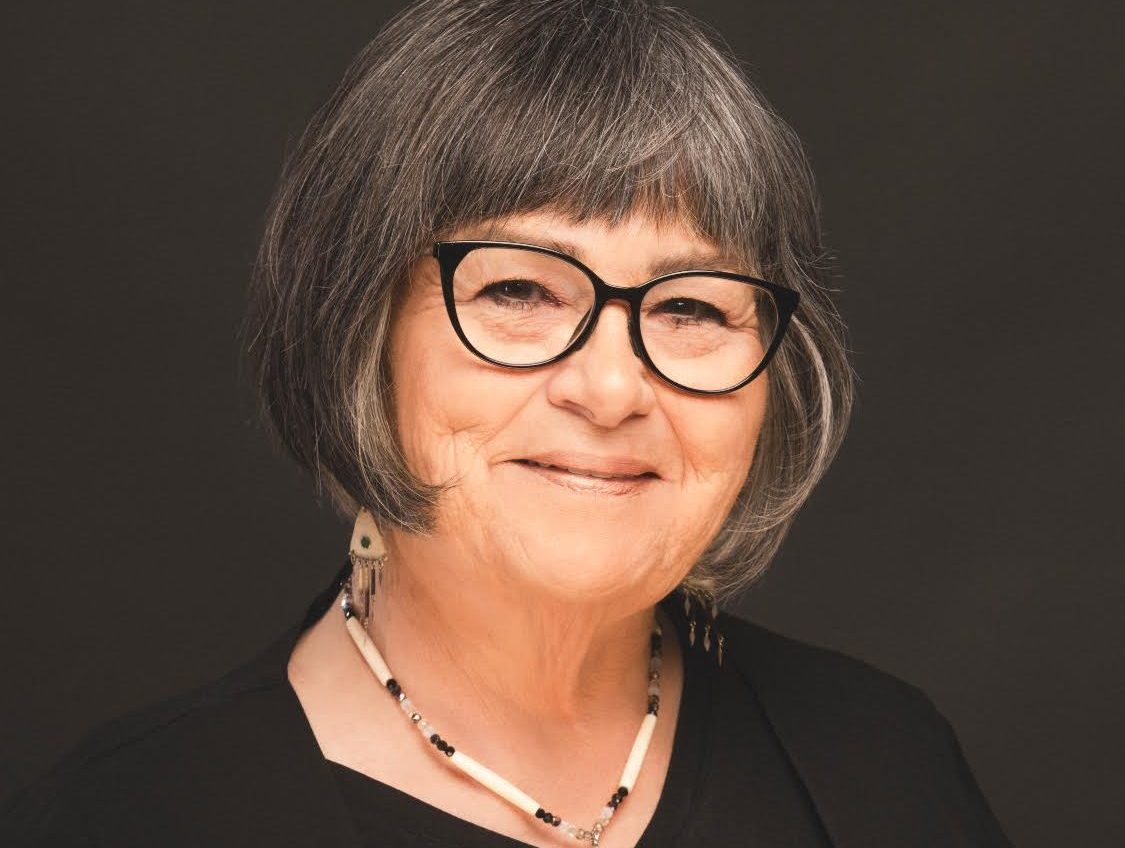Children’s safety is non-negotiable. When young people are exploited, especially through the creation or distribution of child sexual abuse and exploitation material (CSAEM), the harm does not stop at the image. It traumatizes children, destabilizes families, and ripples through entire communities. That’s why the recent ruling by the Supreme Court of Canada matters so deeply.
What the Court Decided
On October 31, 2025, in Attorney General of Québec v. Senneville (2025 SCC 33), the Supreme Court, in a 5-4 decision, struck down the one-year mandatory minimum sentence for possession or accessing child sexual abuse material, ruling that it violated the Section 12 Charter of Rights and Freedoms protection against cruel and unusual punishment. The majority decision focused on hypothetical circumstances to demonstrate that the minimum sentence may be disproportionate in some hypothetical cases. While the Court reaffirmed that CSAEM is among the most serious criminal offences, the ruling shifts sentencing entirely to judicial discretion.
About Mandatory Minimums
The mandatory minimum was struck down because the Court held that, in some theoretical and exceptional scenarios, the one-year minimum could be considered grossly disproportionate. These hypothetical situations are not representative of the vast majority of CSAEM offences, which overwhelmingly involve serious harm, real victims, and intentional exploitation. Mandatory minimums were designed to reflect that reality. They exist because crimes involving child sexual abuse material are inherently grave, and Parliament intended consequences that matched the severity of that harm.
The concern now is that by focusing on rare exceptions rather than the norm, the Court has removed a crucial safeguard. That is why many are calling for the federal government to use the Notwithstanding Clause to restore the mandatory minimum and ensure our laws continue to protect children first.
Why This Matters
Across Canada, families want the same thing: for their children to be safe, seen, and protected by the systems that are meant to uphold justice. That commitment is felt profoundly in Indigenous communities, where the safety of children is tied to cultural continuity, community wellbeing, and generations of lived experience.
Elder Marsha Hanson, known as White Swan Woman (Taiik’Tsa’Akii), a Cree Elder and community leader, brings forward a perspective shaped by decades of supporting families and witnessing the lasting impacts of trauma. Her message reflects both Indigenous experience and a universal truth shared by parents and grandparents everywhere. “Every child, every youth, every woman in this country deserves to be protected,” she says. And when it comes to child sexual abuse material, she is unequivocal: “This crime is not low-level. It is horrendously high — a crime against our people.”

For Marsha and for countless families in both Indigenous and non-Indigenous communities, accountability is not abstract. It is essential. Justice must recognize the full weight of exploitation and ensure that those who harm children face firm, certain consequences.
Community Voices and Lived Experience
Marsha’s perspective is grounded not in fanciful and remote legal theories, but in lived reality. “If this happened to one of my children, I would want to know that the person responsible is held to account and removed from society.” She also reminds us that healing is equally essential: “We need to surround survivors with support — from their families, from their communities, and from the justice system — so they can begin to heal.”
In Indigenous communities, healing and justice are interconnected. “We come together. We smudge. We sit in circle so every voice is heard. We heal together.” Legal reform alone, while necessary, cannot protect children without community involvement, cultural support, and prevention efforts.

Where We Go From Here
The Supreme Court decision has created uncertainty. Without a mandatory minimum, sentences may vary significantly across cases and regions. Many survivors, families, and community leaders feel this undermines confidence in the justice system. For #NotInMyCity, the path forward is clear:
• Advocate for restoration of the mandatory minimum using the federal government’s power under the Notwithstanding Clause, ensuring children’s safety is prioritized above legal hypotheticals.
• Support culturally informed prevention, education, and healing for Indigenous and non-Indigenous communities.
• Strengthen public awareness about the seriousness of CSAEM and how digital exploitation harms children for life.
• Amplify survivors’ voices, ensuring that sentencing reflects the real trauma these crimes inflict.
The Supreme Court’s ruling has opened a national conversation, but this cannot end with conversation. It must lead to action and the federal government must step in. But for communities, elders, parents, and survivors, the message remains unchanged: protecting children must come first. Marsha Hanson’s words ground us in that truth: “Our leaders must show that the safety of children is not negotiable.”
#NotInMyCity remains committed to ensuring accountability, advocating for stronger protections, and working alongside communities to build a safer future for every child. We encourage you to write to Prime Minister Carney, Justice Minister Fraser and your local MP to take action immediately on this issue.


